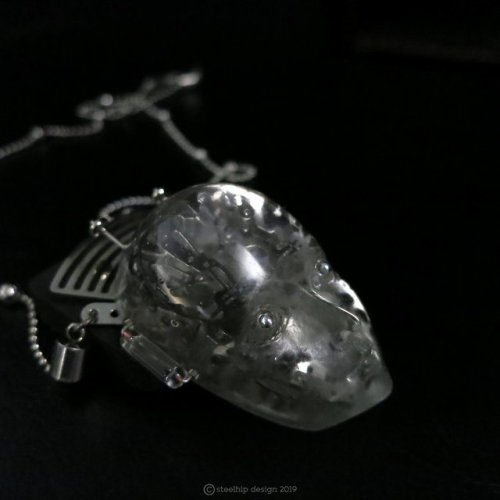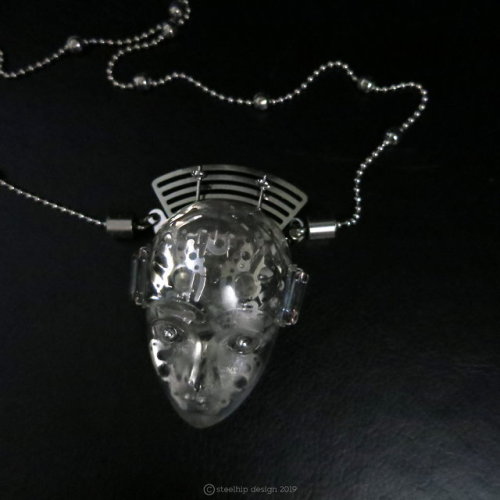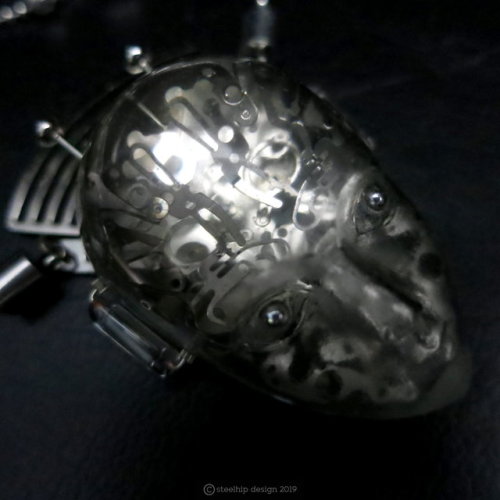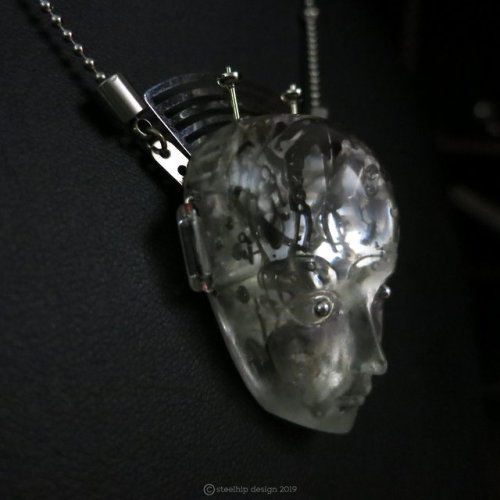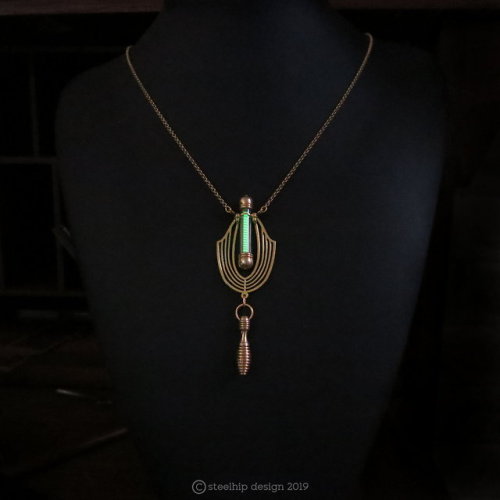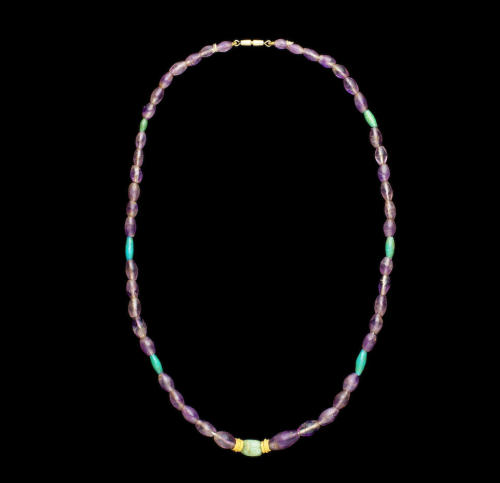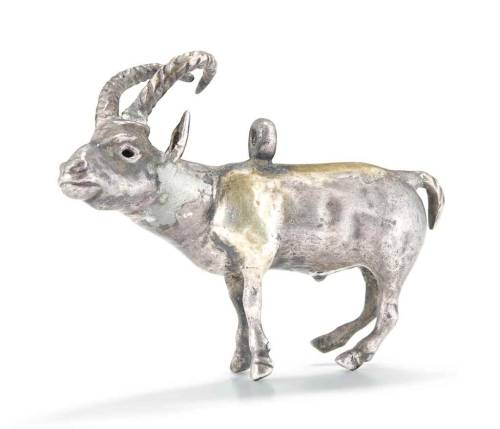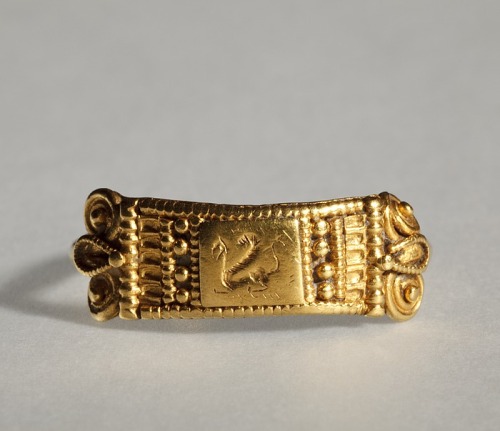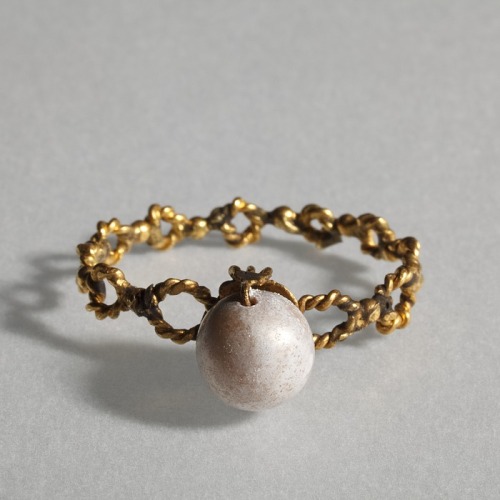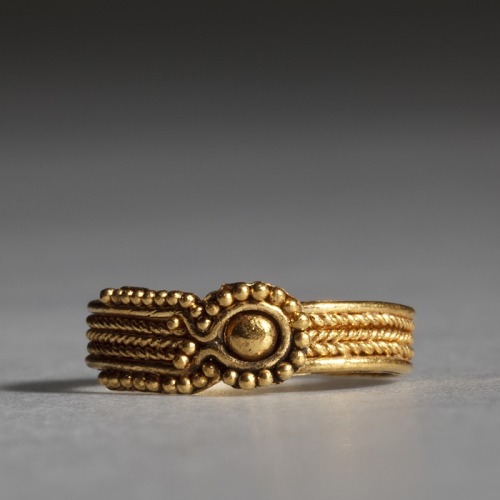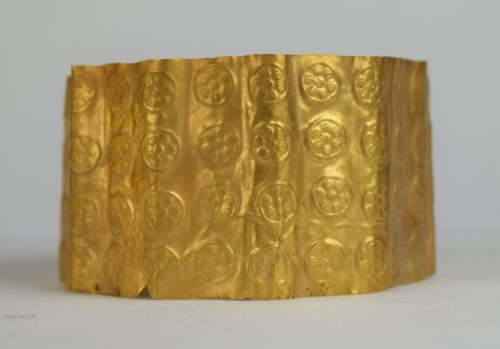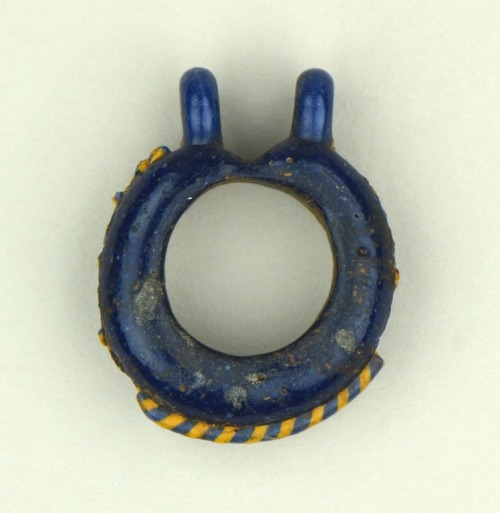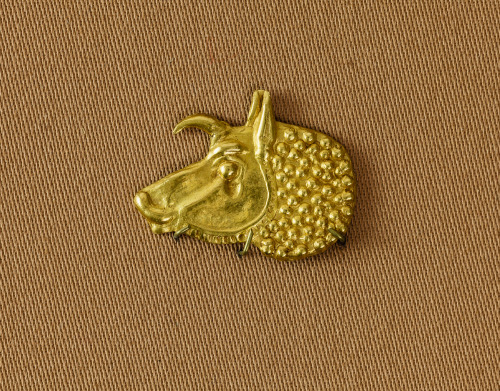#jewellery
•Alexandrite is a variety of chrysoberyl know for its dramatic color change from purplish-red under incandescent light to bluish-green in daylight or fluorescent light.
•Impurities of chromium cause alexandrite to transmit red and green light equally well.
•The stone is named after Czar Alexander II.
•The original mining location for alexandrite is Russia, however, gems have also been found in Brazil, Sri Lanka, Tanzania, Madagascar, Zimbabwe, India, and Burma.
•Alexandrite over 2 carats is considered large. Stones over 5 carats are extremely rare.
*The 17.08-carat Whitney Alexandrite is a raspberry color under incandescent light and a teal (green-blue) color under daylight. It is one of the finest known alexandrites from the Hematita Mine in Minas Gerais, Brazil. The stone was gifted to the Smithsonian in 2009 by Coralyn Wright Whitney and is on display at the National Museum of Natural History.*
Photonic Angel
I’ve had another go at these resin heads - this time ramping up the complexity and symmetry. On top of my original inspiration, the movies Ex Machina and the Fritz Lang masterpiece, Metropolis, I’ve been watching a ton of science documentaries on youtube. Photonic computing is equal parts of terrifying (possibly undermining e-commerce security and privacy) and exciting with life changing possibilities. It could grant us immortality - digital immortality with our consciousness being uploaded.
Resin is never simple to work with. Lots of trial and error, testing different resins, a pile of rejects. Every pour runs the risk of not setting if I botch the ratio. The parts are placed and fixed layer by layer with a 16 to 24 hour drying time between each pour. With 5 layers the “brain” has depth and complexity. Due to the convex curve of the forehead there is some distortion/refraction when viewed from the front. I didn’t use any trick lighting in photos - the shape and material tends to capture light in unusual ways. There are some occasional air bubbles - something I’ve got to learn to live with when working with resin without spending a fortune of a vacuum chamber. I’ve bought a lot of watch parts over the past 10 years to create a complex “brain”. Many are NOS - new old stock - parts never used - perfect for the pristine look I’m going for.
Due to the original being a clay model. the mold produced a frosted appearance and texture even using crystal clear resin. Each face must go through levels of sanding and polishing. It takes a long time and a lot of elbow grease to get a glass like polish. I like to keep the frosted texture around the eyes, nose and mouth. Her features would just disappear without it. Her eyes are half spheres attached with UV resin.
After five or six days it’s always exciting to see how she looks coming out of the mold. Once I’ve finished polishing I start working on her exterior features. For this piece I’ve combined electrical glass fuses on either side of her head, two half drilled bead posts as antenna and laser cut arc slice attached with screws on the back of the head. There are two three hole bars also screwed into the head for hanging holes. Two hanging points mean the pendant won’t flip around.
The head is 2 inches high, 1.5 inches wide and 0.75 deep. It is designed to be worn mid length on the chest but I’m happy to change the length or put it on a cord for a masculine piece. The chain is silver tone ball link with larger ball stations. I’ve ended each chain length (10 inches each - so a total 20 inch chain) with finished cord caps. If you would like to wear it higher or lower - I’m happy to alter the chain to any length you want.
Post link
Tritium Deco Drop
Something a bit more simple - a green Tritium vial, wrapped with fine gold wire and sealed within another vial attached to a gorgeous cut out brass pendant. I’ve teamed it with a solid brass pendulum covered in ridges. I love using exotic materials like Tritium although Etsy doesn’t like it. I disagree with their estimation of the material but - their sandbox, their rules. So if you are interested in buying it, please let me know and I can invoice you through Paypal. You will covered by their buyer protections. The price is US$145 with free shipping.
Please note that the pendant is made to be worn low on the body. In the images I had to place it high on the display bust to photograph it and show scale. The chain is currently 30 inches long, brass rolo links - but I’m happy to alter it to your measurements. The glass vial is 1 ½ inches long including caps, the whole pendant section is 3 ½ inches long and slightly over 1 inch wide.
It’s estimated the Tritium with glow continuously for 10 to 12 years. It requires no charging like conventional “glow in the dark” pigments.
Post link
Persian electrum bracelet featuring ram’s heads at terminals, c. mid-1st millennium BCE. From Bonhams.
Post link
Egyptian amethyst and faience necklace featuring a feldspar scarab at the center c. 2nd to 1st millennia BCE. Modern stringing. From Bonhams.
Post link
Roman Egyptian millefiori glass beads, c. 1st century BCE to 1st century CE. From Christie’s Auctions
Post link
Western Asiatic silver and electrum pendant in the shape of an antelope c. 8th to 6th centuries BCE. From Christie’s Auctions.
Post link
Late Classical to early Hellenistic period Greek gold olive wreath, c. 4th century BCE. From Christie’s Auctions.
Post link
Etruscan gold amulet featuring a flint arrowhead, c. 5th century BCE. From the collection of Thorvaldsens Museum.
Post link
Etruscan amulet made of gold and featuring a shark’s tooth, c. 5th century BCE. From the collection of Thorvaldsens Museum.
Post link
Gold Etruscan ring featuring incised griffin image c. 6th century BCE. From the collection of Thorvalsens Museum.
Post link
Cypriot gold arm band featuring rows of circles with 5-petaled flowers, c. 1300 BCE. From the collection of the World Museum.
Post link
One of a pair of ancient Egyptian deep blue glass earrings featuring a yellow and light blue twist on the edge of the hoop. Dates to the mid-Eighteenth Dynasty, c. 1479-1425 BCE. From the collection of the World Museum.
Post link
Gold pendant in the shape of a boar. Achaemenid Iran, c. 550-330 BCE. From the collection of The Oriental Institute at The University of Chicago.
Post link
Pair of Hellenistic Greek gold, glass, and stone earrings featuring an Egyptian Atef crown motif, c. 3rd-2nd centuries BCE. From the Metropolitan Museum of Art.
Post link
Gold Egyptian lotus-blossom pendant, Amarna Period, c. 1353-1336 BCE. From Timeline Auctions
Post link

